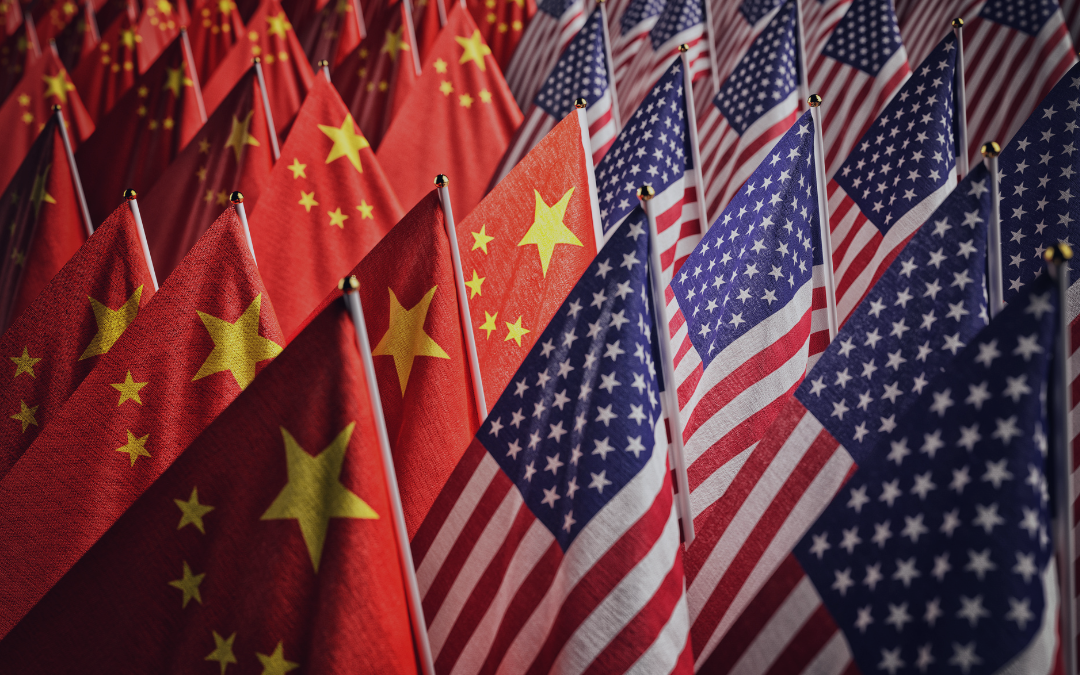A couple of years ago, we mitigated exposure to China. We identified secular and cyclical issues facing China. Though the China underexposure has been accretive, a review of the exposure seems prudent.
China, as one of the world’s most influential nations, faces several secular challenges that could impact its future trajectory. These challenges encompass economic, demographic, environmental, and political dimensions, each of which has profound implications for the country’s stability and growth.
Economic Transition and Growth: China’s economic growth has been a defining feature of its recent history, but the country now confronts the challenge of transitioning from an investment-led growth model to one driven by consumption and innovation. This shift is complicated by a range of factors, including an aging population, rising labor costs, and increasing global competition. Efforts to boost domestic consumption and foster innovation are essential, but they must navigate the risks of potential economic slowdowns, financial imbalances, and growing social unrest.
Demographic Shifts: China’s demographic landscape is rapidly changing. The one-child policy, in effect from 1979 to 2015, has led to a shrinking workforce and an increasingly aging population. Despite policy shifts to encourage higher birth rates, such as the two-child and three-child policies, the long-term effects of these demographic trends pose significant challenges. An aging population could strain social services and healthcare systems, potentially impacting economic productivity and growth.
Environmental Concerns: Rapid industrialization and urbanization have significantly impacted China’s environment. Air and water pollution, land degradation, and climate change are pressing issues. The Chinese government has made commitments to environmental sustainability, including targets for reducing carbon emissions and transitioning to renewable energy. However, balancing economic growth with environmental protection remains a complex challenge, especially given the country’s heavy reliance on coal and other polluting industries.
Political and Social Stability: China’s political landscape is characterized by its single-party rule under the Chinese Communist Party (CCP). The government faces challenges in maintaining social stability amid growing demands for greater personal freedoms and economic disparities. Issues such as corruption, censorship, and human rights concerns are sources of domestic and international scrutiny. Balancing economic development with social and political reforms is crucial for ensuring long-term stability.
International Relations and Global Integration: China’s rise as a global power has led to increased geopolitical tensions, particularly with major economies such as the United States. Trade disputes, concerns over technological dominance, and territorial disputes in the South China Sea highlight the complex nature of China’s international relations. Navigating these challenges while pursuing a strategic vision for global influence requires careful diplomacy and economic strategy.
In summary, China faces a multifaceted array of secular challenges, each interconnected and influential in shaping the country’s future. Addressing these issues is no small task, any one being a challenge. Decaying foreign corporate investment and worldwide ex-China realignment exasperates domestic forces. It is due to these concerns that we continue our diminished China exposure.
CRN-6976244-090324


Recent Comments